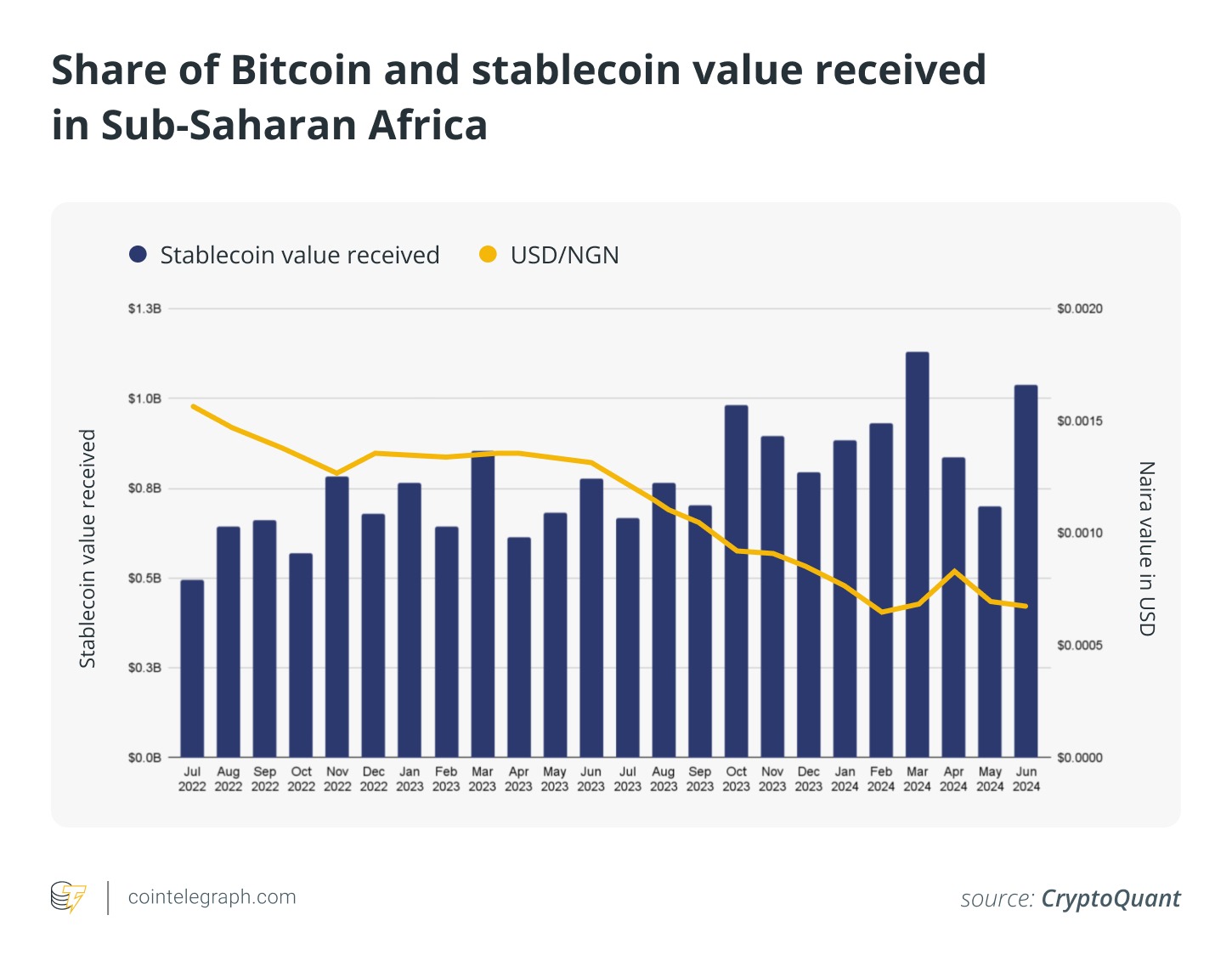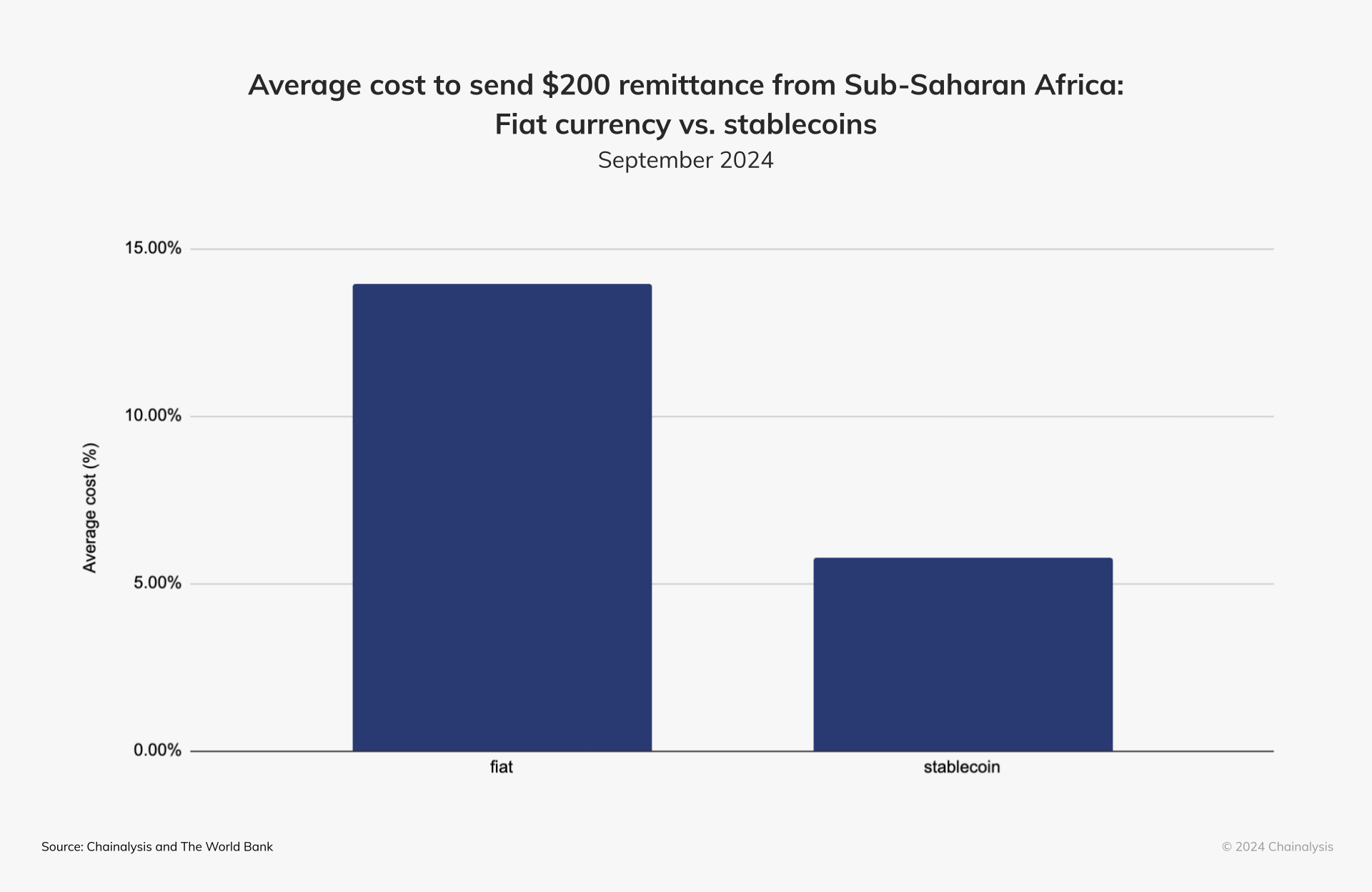Flutterwave, Nigeria’s leading fintech firm, has partnered with Polygon Labs to launch a stablecoin-powered cross-border payments network across 34 African countries. This initiative leverages blockchain for faster, cheaper transactions, potentially increasing payment volumes tenfold while addressing high remittance costs and currency instability.
-
Flutterwave’s new platform uses Polygon’s scalable Ethereum infrastructure to enable efficient stablecoin settlements in Africa.
-
The partnership targets remittances and business payments, reducing delays from traditional systems.
-
Stablecoin adoption in Sub-Saharan Africa surged in early 2025, with on-chain volumes rising amid Nigeria’s currency devaluation, per Chainalysis data.
Discover how Flutterwave’s Polygon partnership revolutionizes stablecoin cross-border payments in Africa. Explore cost savings, adoption trends, and future impacts for fintech innovation.
What is Flutterwave’s Partnership with Polygon Labs for Stablecoin Cross-Border Payments?
Flutterwave’s partnership with Polygon Labs introduces a stablecoin-powered network designed to streamline cross-border payments across 34 African countries. By integrating Polygon’s blockchain technology, which offers scalable and low-cost transactions on the Ethereum network, the platform aims to eliminate inefficiencies in traditional remittance systems. This collaboration, announced in late 2025, positions Flutterwave to handle higher volumes of intra-African transfers while providing users with stable value amid economic volatility.
Flutterwave, recognized as Nigeria’s largest fintech company, has long focused on simplifying payments for businesses and individuals continent-wide. The new initiative builds on this foundation by incorporating stablecoins like USDT and USDC, which maintain a 1:1 peg to the U.S. dollar. According to Bloomberg’s reporting, this move could transform fund flows by bypassing the high fees—often exceeding 6%—and multi-day delays associated with conventional banking channels.
Polygon Labs’ infrastructure plays a pivotal role, enabling near-instant settlements and reducing transaction costs to fractions of a cent. This is particularly beneficial in regions where mobile money and digital wallets dominate, yet cross-border friction remains a barrier to economic integration.

Flutterwave CEO Olugbenga Agboola emphasized the transformative potential during the announcement. “Stablecoin adoption will drive more flows into Africa,” Agboola stated, noting that the platform “has the potential to 10x the volumes we are currently doing.” This optimism aligns with broader trends in African fintech, where blockchain solutions are increasingly viewed as enablers of financial inclusion.
The partnership reflects a strategic shift toward decentralized finance (DeFi) tools tailored for emerging markets. Stablecoins provide a reliable store of value, shielding users from local currency fluctuations, such as the naira’s sharp devaluation in Nigeria. By 2025, Flutterwave’s network already processes billions in annual transactions, and this upgrade could accelerate its growth amid rising demand for digital payment alternatives.
How Do Stablecoins Enhance Remittances in Africa?
Stablecoins are gaining significant traction in Africa as a cost-effective alternative to traditional remittances, offering lower fees and faster processing times. In Sub-Saharan Africa, where remittances constitute up to 15% of GDP in some countries, these digital assets address key pain points like high transfer costs and exchange rate risks.
A 2024 Chainalysis report highlights that sending a $200 remittance using stablecoins is approximately 60% cheaper than fiat-based methods, which can incur fees of $12 or more through services like Western Union. This efficiency stems from blockchain’s peer-to-peer nature, eliminating intermediaries and enabling settlements in minutes rather than days.

Chainalysis data further reveals a marked increase in on-chain transaction volumes in Sub-Saharan Africa during March 2025, even as global figures dipped. This surge, driven largely by stablecoins and Bitcoin, coincided with economic pressures in Nigeria, Ghana, and Kenya. Tokens like USDT and USDC now facilitate everyday transactions, from merchant payments to personal transfers, fostering greater economic resilience.
Regulatory progress bolsters this adoption. Countries including Nigeria, Kenya, South Africa, and Ghana have introduced frameworks that support crypto integration into formal financial systems. For instance, Nigeria’s central bank has explored digital currency pilots, signaling openness to stablecoin utility. Experts from the African Blockchain Alliance note that such policies could unlock $100 billion in annual remittance flows by reducing barriers.
Beyond cost savings, stablecoins promote financial inclusion for the unbanked population, estimated at 57% in Sub-Saharan Africa by the World Bank. Users can receive funds directly into mobile wallets, convertible to local currency at market rates. Agboola added that this initiative empowers small businesses, which often rely on remittances for inventory and operations, by providing predictable pricing and reliability.
The Flutterwave-Polygon collaboration exemplifies how targeted blockchain applications can address Africa’s unique challenges. With Polygon’s zero-knowledge proofs ensuring privacy and scalability, the platform handles high throughput without compromising security. Early pilots have demonstrated transaction speeds under 10 seconds, a vast improvement over legacy systems.
Frequently Asked Questions
What Countries Will Benefit from Flutterwave’s Stablecoin Payments Network?
Flutterwave’s new stablecoin-powered platform will span 34 African countries, including major economies like Nigeria, Kenya, South Africa, Ghana, and Egypt. This coverage targets high-remittance corridors, enabling seamless transfers within the continent and reducing dependency on external financial rails, as per the company’s announcement.
Why Are Stablecoins Ideal for Cross-Border Payments in Africa?
Stablecoins like USDT and USDC are perfect for African cross-border payments because they offer price stability, low fees, and rapid settlement times, making them superior to volatile local currencies or slow bank wires. In regions facing inflation rates above 20%, they serve as a hedge, allowing users to receive value quickly and convert it locally without significant losses.
Key Takeaways
- Blockchain Efficiency Boost: The Flutterwave-Polygon partnership uses stablecoins to cut cross-border payment costs by up to 60%, per Chainalysis, enabling faster economic activity in Africa.
- Adoption Surge: Sub-Saharan Africa’s on-chain volumes rose in early 2025 amid currency crises, with stablecoins driving most activity and supporting remittances worth billions annually.
- Future Growth Potential: Regulatory advancements in key nations could 10x transaction volumes, urging businesses to integrate stablecoin solutions for competitive advantage.
Conclusion
Flutterwave’s partnership with Polygon Labs marks a milestone in leveraging stablecoin cross-border payments to bridge Africa’s financial gaps, from remittances to business transactions. By harnessing blockchain’s scalability and cost efficiencies, this initiative not only counters economic instability but also paves the way for inclusive growth across the continent. As adoption accelerates, stakeholders should monitor regulatory developments and explore integration opportunities to capitalize on this evolving landscape.
